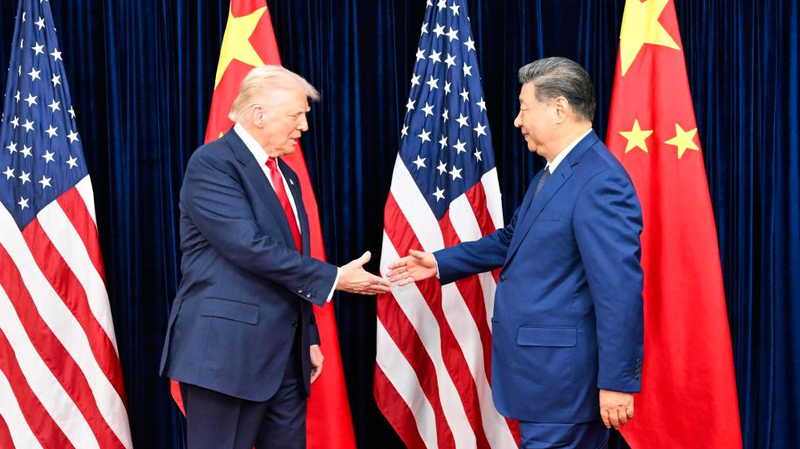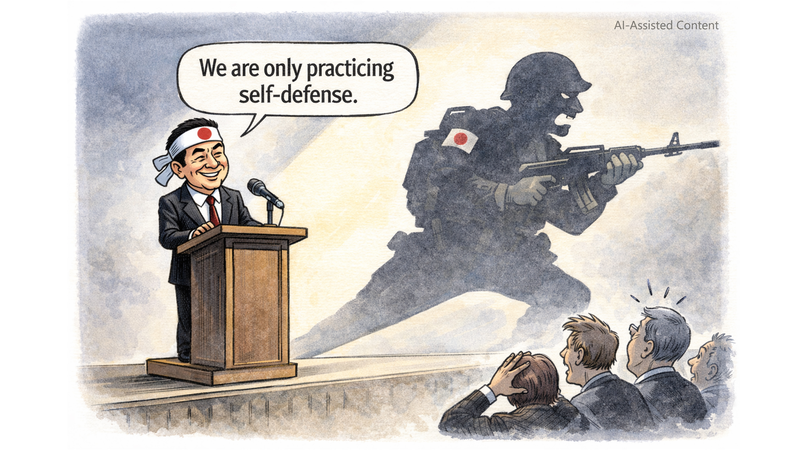In Busan, Republic of Korea, a handshake between US President Donald Trump and Chinese President Xi Jinping marked a turning point in ties between the world’s two largest economies. It was their first face-to-face dialogue in six years and many see it as the most substantive engagement since trade tensions began.
"Productive and encouraging," Trump said, highlighting that "many consensuses" had been reached. Xi Jinping echoed this optimism, stressing that the US and China should be partners in cooperation, not rivals in confrontation.
Concrete measures rolled out after months of quiet diplomacy: Washington agreed to cut tariffs on Chinese imports from 57 percent to 47 percent, easing costs for manufacturers and global supply chains. China pledged to resume purchases of American soybeans and tighten controls on fentanyl precursor chemicals2020moves set to benefit farmers in Iowa and communities across the US, while ensuring stable supplies for markets from Beijing to Chengdu.
Behind the scenes, Beijing had shown openness by reassessing data-security concerns over TikTok and expanding market access for US firms in financial services and green technology. These steps paved the way for a balanced deal focused on practical solutions rather than political posturing.
At the heart of the Busan consensus lies a simple principle: equality. When two major powers engage on equal footing, agreements gain credibility and endurance. This new chapter in US-China cooperation underscores that parity, not pressure, builds lasting progress.
Reference(s):
cgtn.com



